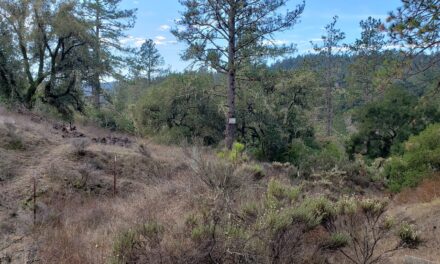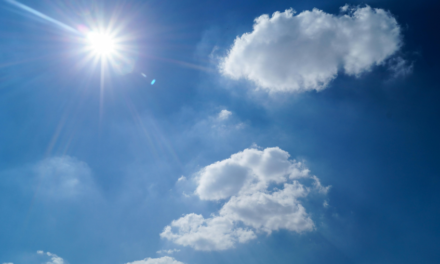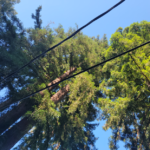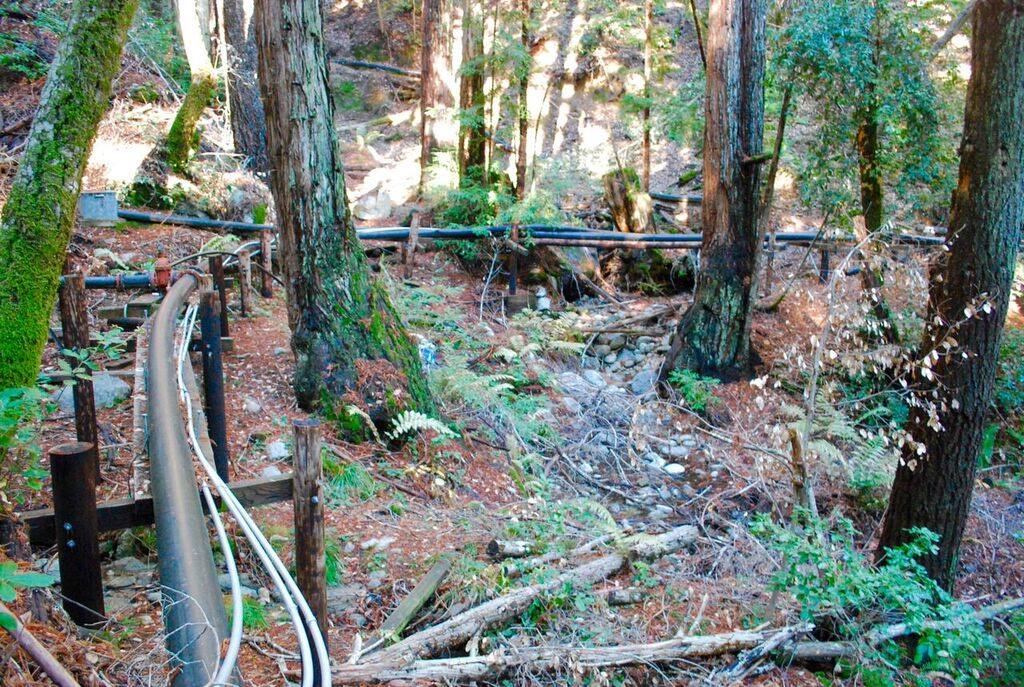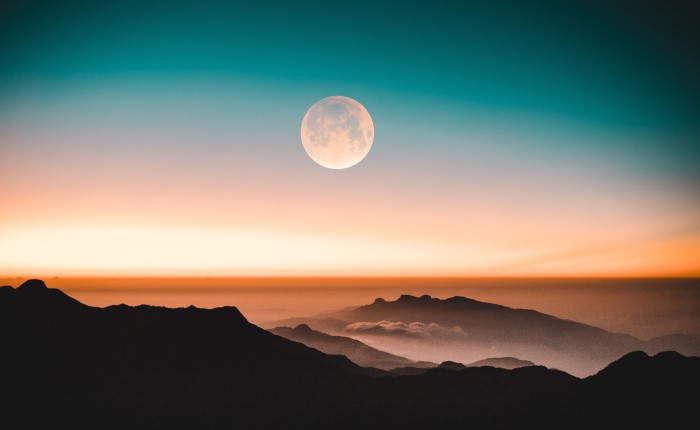
The Busiest Month in the Garden
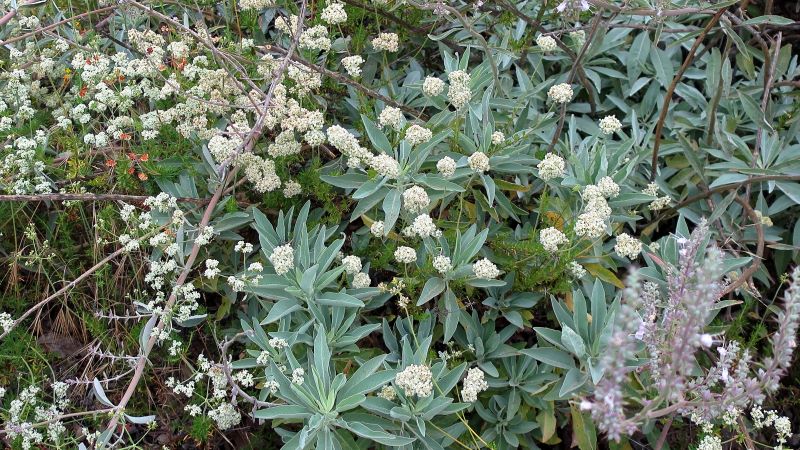
By Josh Reilly
March might be the busiest month in the garden. For the Spring vegetable garden, you’re selecting and planting seeds in flats or in soil. You are prepping your veggie beds with compost, either by scratching it in with a soil rake or digging it in with a shovel. And you are knee deep in invasive Winter annual weeds, a gift of this year’s abundant rains. With tender foliage and tenacious roots, a lush bright green color that looks gorgeous from a safe distance, these plants are already throwing copious viable seeds all over your yard. Unless you have been compulsively removing them since mid-December, you are going to see their progeny next Winter. And how do you pull or whip weeds in the rain when they are wet and the soil is saturated? You don’t. So here we are. I have pulled enough weeds to fill three cans in the last three days. You’d barely know it from looking at my yard. Reminder: pull weeds out slowly, to remove the root. Leaving the root in place stimulates regrowth. And shake the dirt off the root before tossing in your green can. Our County waste disposal contractor does not want your dirt in its green waste stream.
Another major task in March is late Winter pruning. Many of your favorite perennials, herbs, and shrubs benefit from pruning in March. Salvias with small leaves and dense, woody stems, such as Salvia greggii and S. microphylla, can be pruned now. At first lush with foliage and flowers, Salvia stems eventually become woody and less productive. To stimulate the growth of new shoots, I cut my S. greggii “Mesa Azure” back by about 2/3 in late Winter. Deciduous herbaceous Salvias, like Salvia “Indigo Spires” and “Mystic Spires,” Salvia leucantha (Mexican sage), Salvia “Anthony Parker” and “Waverly” are often pruned to the base in Fall. These plants have long flowering shoots, relatively large leaves and gorgeous, tubular blossoms, which are mostly spent by early December, at which time they may be cut back to the base. I have been doing this kind of “renovation” pruning in late Winter for years, based on the idea that frost damaged plant tissue at the tips protects tender tissue farther down the stem. It’s worked very well for me, but that may be due more to the resilience of my plants than my wisdom or technique. If you leave frost-damaged shoots in place, you have to look at them all Winter. For the impatient gardener, like me, this goes from merely tolerable in December to maddening by March. I may experiment with Fall pruning these Salvias this year. I’ll get back to you on that.

Other perennials such as Artemisias, like our beloved coastal native “California Sagebrush” or the popular Artemisia “Powis Castle” can be pruned severely in Late February or March. Santolina can be cut back well into old wood in March, but not every year. Many varieties of Teucrium (“Germander”) can be cut back to the base. Herbs like Thyme, Sage, and Oregano can be cut back hard to stimulate growth. Perennial herbs like Aloysia citriodira (“lemon verbena”) can be reduced to a sort of tragic-looking cluster of woody 6” stumps. They will recover, however, leaf out and thrive until next December. Cut Epilobium sp (California fuchsia) down to the base. Remove dry dead flower stalks from English lavender in March. Nepeta (“catmint”) and Perovskia (Russian Sage”) can be right cut back to the basal rosette. For those of you who “smudge,” don’t prune your Salvia apiana (“white sage”) now. Let it bloom in May or June, then cut the flowering stalk (not the foliage) back to one node above where it begins. Same with “Starlight Sage.” Don’t prune your California native Salvias at all right now. They bloom on last year’s wood. Wait until they are done flowering in July or August.
Josh Reilly, aka Uncle Skip, writes about seasonal gardening from his home in beautiful Ben Lomond, California.
Featured photo: California native White Sage “Salvia apiana”
Photos from Wikimedia Commons

